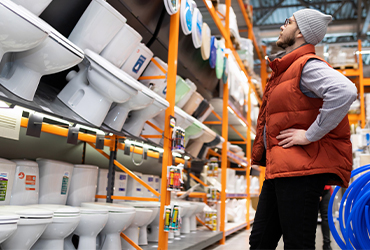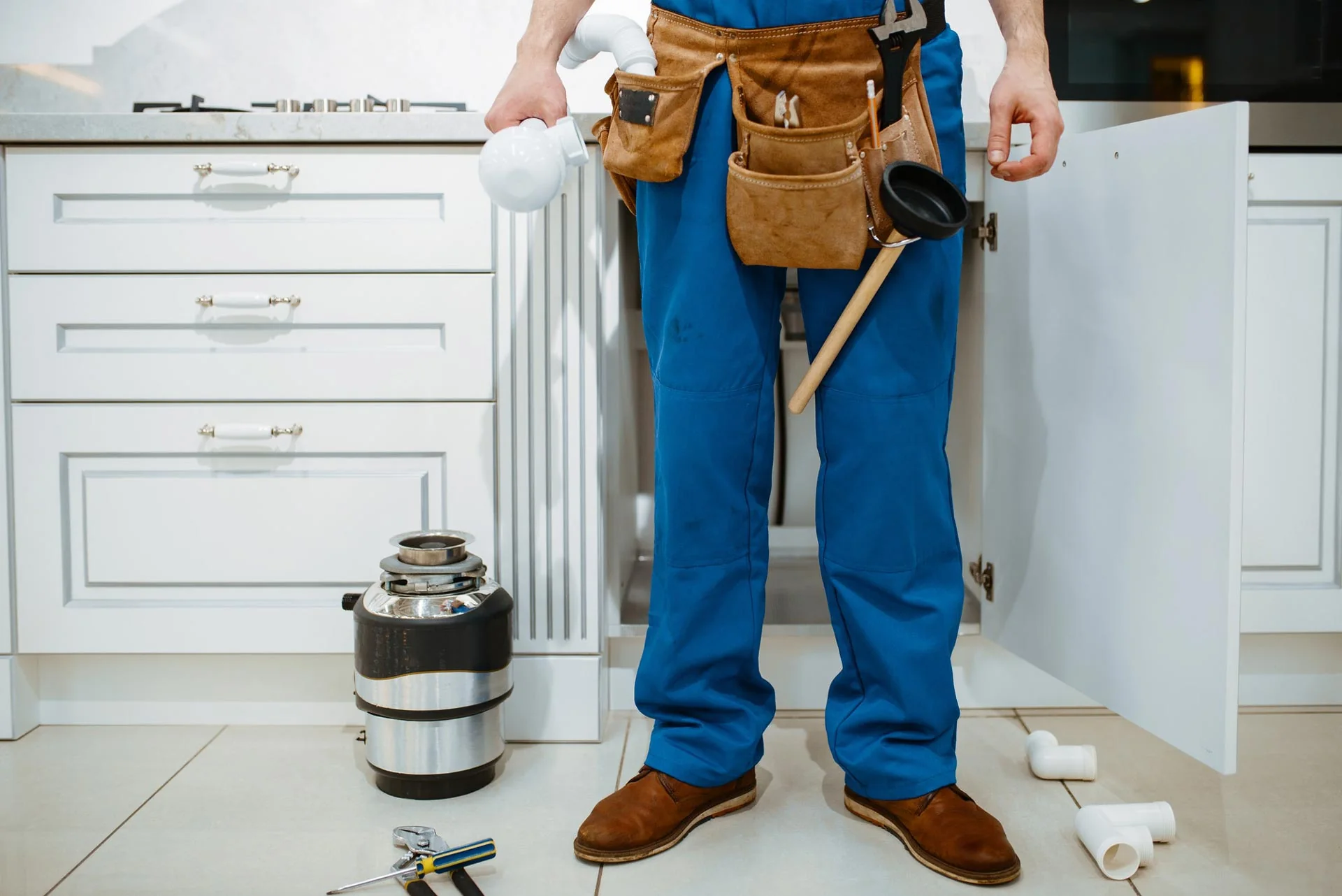When it comes to home maintenance, many homeowners love the idea of doing things themselves. DIY plumbing fixes can save time and money—if done right. But plumbing systems are more complex than they appear, and not every issue is safe or smart to handle on your own. Here’s a breakdown of what you can confidently tackle yourself, and what’s best left to the pros.
DIY Plumbing Fixes You Can Do
1. Unclogging Drains
Slow or clogged drains in sinks or showers can often be cleared with a plunger, drain snake, or a mixture of baking soda and vinegar. Avoid chemical drain cleaners as they can damage pipes over time.
2. Fixing a Leaky Faucet
A dripping tap is usually caused by a worn-out washer or O-ring. With basic tools and a little patience, you can replace these parts and stop the leak.
3. Replacing Showerheads or Faucets
Swapping out an old showerhead or faucet is a straightforward task. Just remember to turn off the water supply before starting, and use plumber’s tape to prevent leaks.
4. Installing a New Toilet Flapper
If your toilet runs constantly, a faulty flapper might be to blame. Replacing it is simple, inexpensive, and doesn’t require special tools.
5. Cleaning the P-Trap
If your sink is draining slowly or has a bad odor, removing and cleaning the P-trap under the sink can resolve the issue. Just be sure to place a bucket underneath to catch any water.
Plumbing Jobs to Leave to the Professionals
1. Major Pipe Leaks or Replacements
Leaks inside walls, ceilings, or underground require specialized equipment and expertise. DIY attempts can lead to severe water damage or incorrect repairs.
2. Water Heater Repairs or Installation
Working with hot water heaters involves high-pressure systems and electrical or gas connections, which can be dangerous. Always call a licensed plumber for water heater issues.
3. Sewer Line Problems
Backups or foul smells may point to a sewer line issue—something that should never be handled without professional tools and training.
4. Bathroom or Kitchen Remodels
If your renovation involves moving plumbing lines or installing new water fixtures, a plumber should be involved to ensure code compliance and long-term reliability.
5. Low Water Pressure Throughout the House
This can indicate a serious underlying issue like pipe corrosion or a hidden leak. It’s not something a plunger or quick fix will solve.



